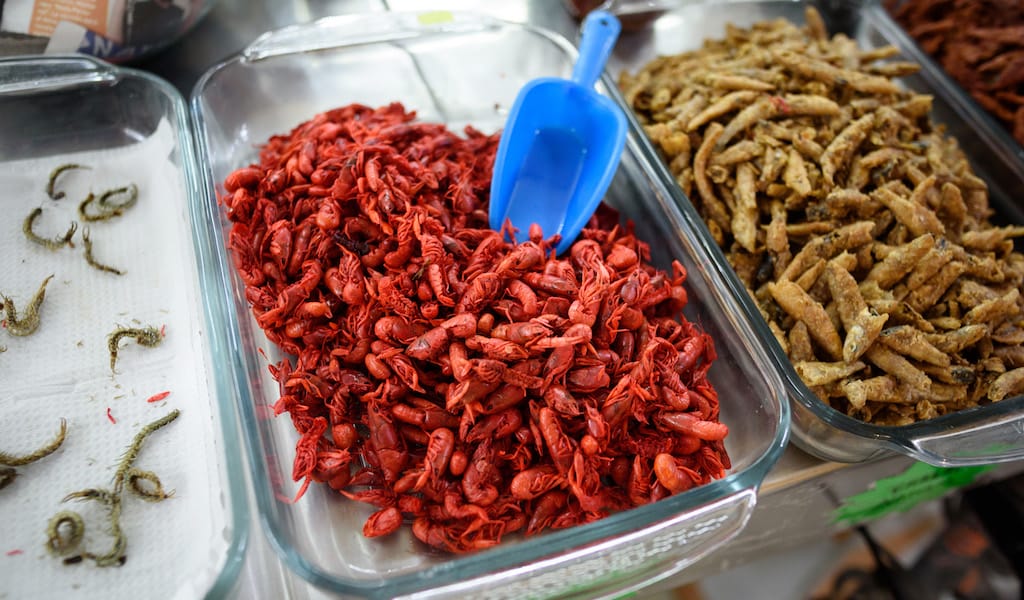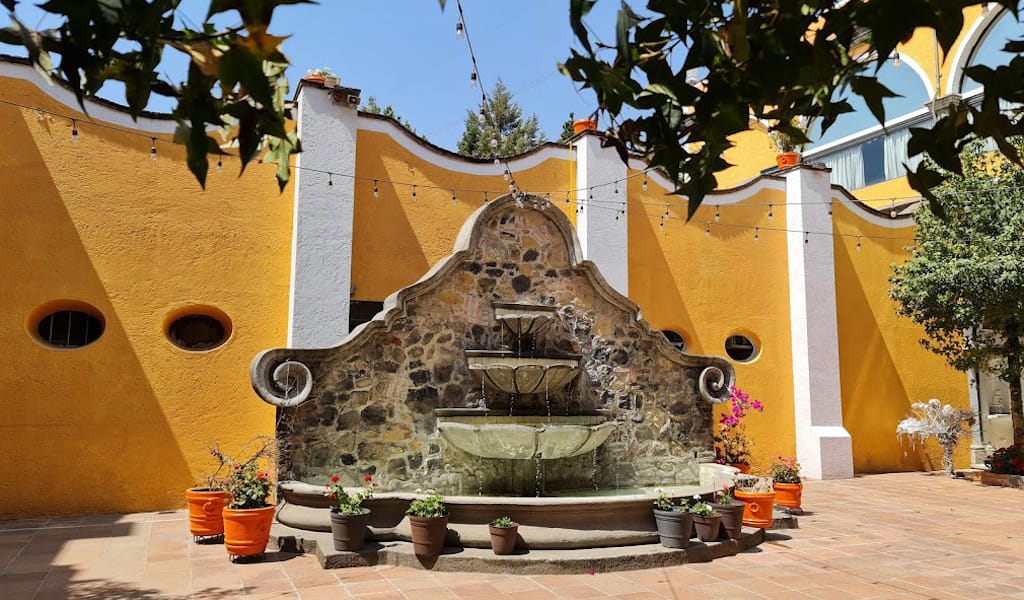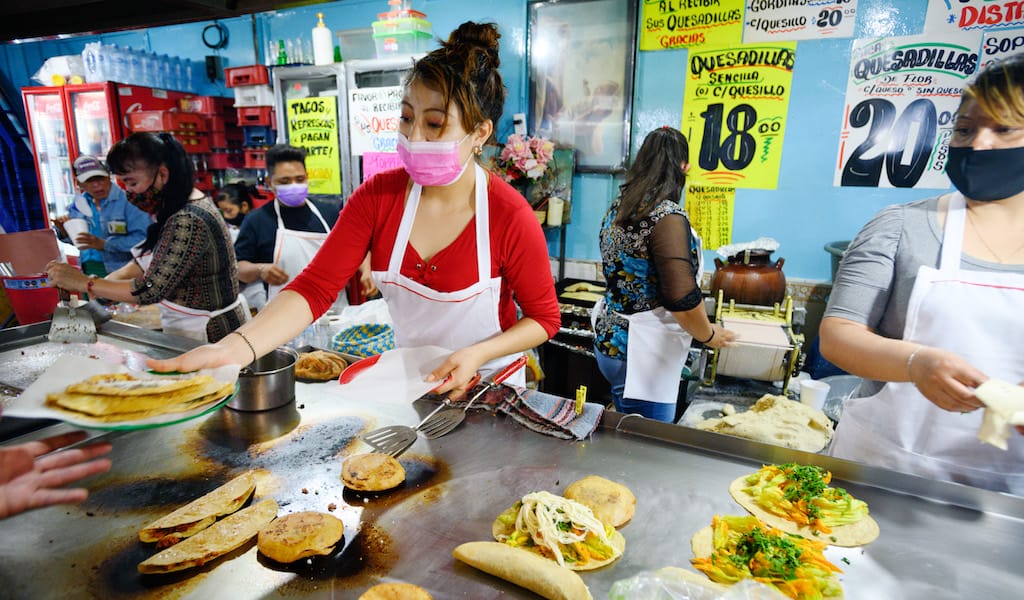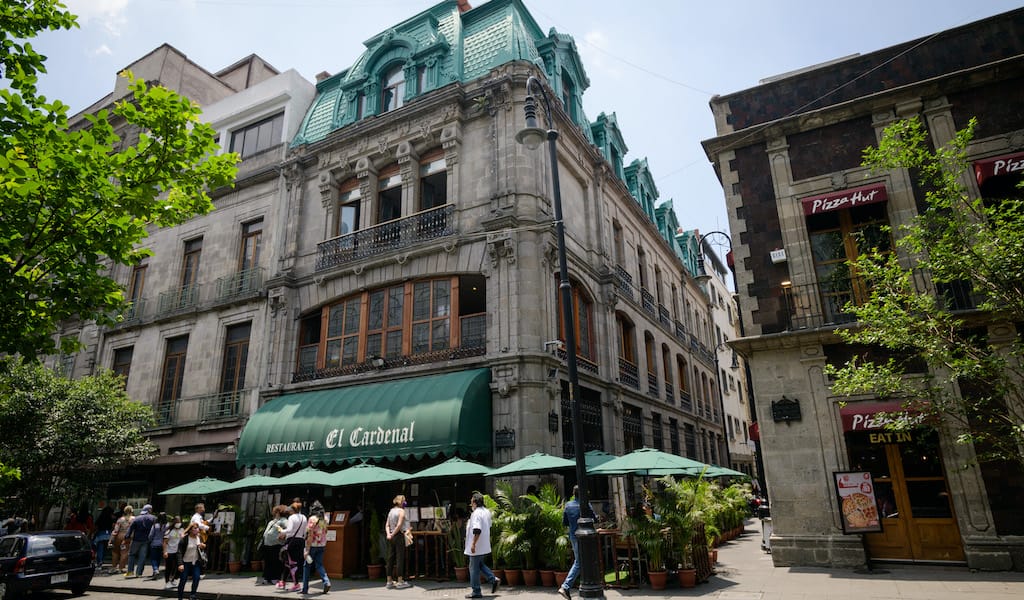During the dry season in Mexico’s Mixtec highlands, when it’s windy, bugs called chinches (or jumiles in other regions) are ready to be collected from the epiphytic bromeliads – dramatic plants that grow on trees or other plants – where they live. “Children climb the trees, grab the epiphyte, bring it down to the ground and shake it until all the bugs fall from it. They eat them alive; and appreciate them for their spicy taste, reminiscent of chilli pepper,” write the scholars Esther Katz and Elena Lazos in an article that’s part of the 2017 book Eating Traditional Food.
Scorpions, ants, crickets, grasshoppers, worms from the maguey plants – Mexico is the Latin American country where the most bugs are eaten according to Katz and Lazos. Long before the Spanish introduced grazing animals to Mexico, local people were eating bugs as a complement to the wild game they hunted and the basic foodstuffs they grew – corn, beans, chiles, wild greens.
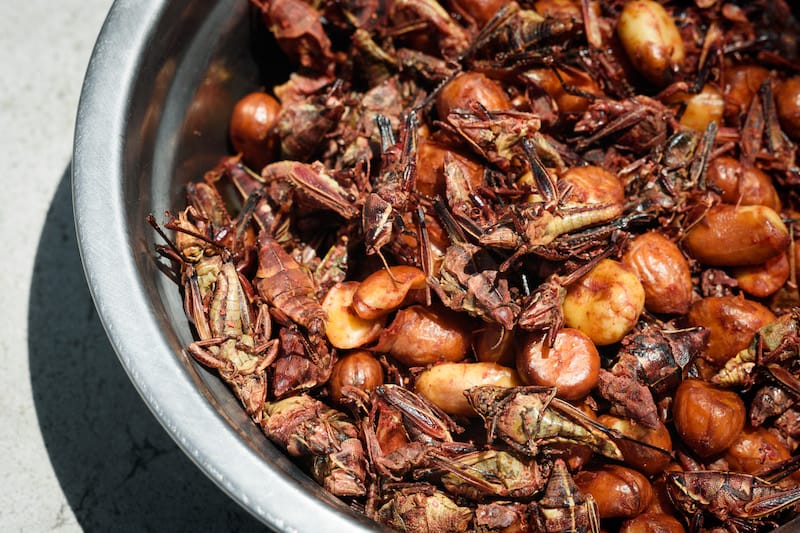
These little additions, packed with protein and other necessary nutrients, were more than simply extra calories. The arrival of various insects heralded the beginning and end of agricultural seasons, and they were treated with the respect given to an integral part of local mythology and yearly rituals. “After the harvest, the nahuas thank the ants by leaving offerings of corn near the ant hills and in the four corners of the milpa [fields]. They also leave corncobs near the ant hills to ask for rain. In this semi-arid area, the exit of the chicatanas [from their nests] announce the coming of the rainy season,” writes Katz, who studies the connection between edible insects and Indigenous cuisine at France’s Institute of Research for Development, in her article “Las Hormigas, El Maiz y La Lluvia” (“Ants, Corn and Rain”).
Katz found during her research that friar Bernardino de Sahagún wrote detailed descriptions about all the various insects that Mexico’s Indigenous peoples ate when the Spanish arrived. While the friar was happy to sample new things, he writes that the majority of his countrymen were less enthusiastic. For most of the post-colonial period, insects were considered a poor man’s food. Yet at a time when many traditional foods are back in the spotlight, edible bugs have experienced a recent resurgence in popularity – not only are they now the chic thing to eat (at least in urban centers), but they are also the ecological choice.
“It’s television,” says Pedro Martinez, who sells edible insects as well as other “exotic” products from a stand in the Mercado Medellin in Mexico City’s Colonia Roma. “There are so many cooking shows during the pandemic that have now made them famous.” Though he’s quick to point out that in Mexico eating bugs is not about fashion.
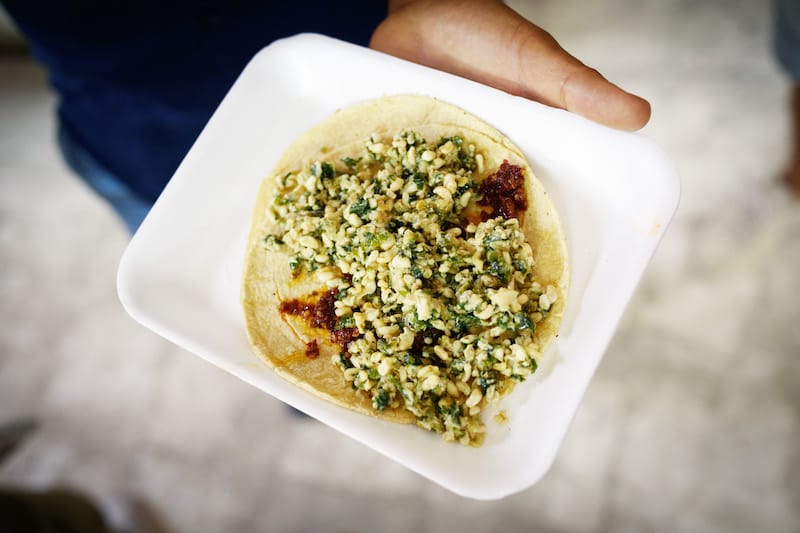
“If you go to a small town, they are going to give you something with insects, everything from eating them as food, to salsas, to dressing, maybe in a tortilla with something. Culturally, we have [been eating bugs] forever. Since the founding of this very city, they have been eating insects,” Pedro adds.
“Culturally, we have [been eating bugs] forever. Since the founding of this very city, they have been eating insects,”
The spike in insect interest is also a factor of the climate crisis and concerns over future food security. Insects are packed with greater quantities of protein but have a smaller carbon footprint than beef or other grazing animals. Insects on average are 60 percent protein while beef is somewhere around 25 percent, and according to a 2013 study the farming of insects requires much less land, water and feed, and produces less pollution than meat production.
While the ecological impact of large-scale insect farms is still a question mark, these days most Mexico City vendors purchase very few insects from wild harvest, preferring to use authorized distributors from insect farms instead.
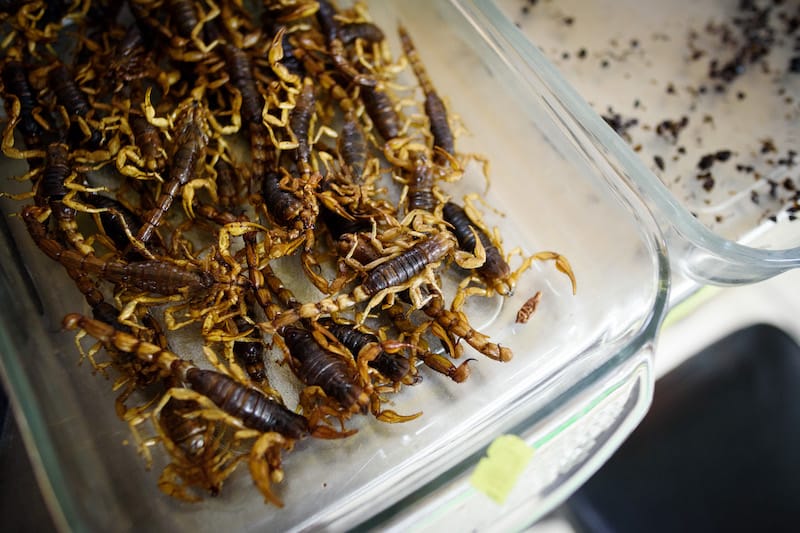
“You can’t go invading the ecosystem anymore, trying to take products from a certain area can create an imbalance,” says Pedro, “You see how in the fields they use a lot of chemicals for disease… fungicides, and so [the bugs] are contaminated. It’s better to buy from a farm where they are researching insects and selling what they have in excess.”
Even with this more commercialized farm production, a kilo of chicatana ants can still run you over a hundred dollars, and seasonality means certain insects are at their peak at different times – the best time for tiny, tasty grasshoppers is the beginning of the rainy season in May or June, while larger ones are more common in the fall.
Most of Mexico City’s high-end restaurants now include dishes with escamoles (ant larvae) or chapulines (grasshoppers) on the menu. Many mezcal bars will offer you spicy worm salt to go with your orange wedge and mezcal, and the bar Fifty Mils has a whole cocktail designed around the chicatana ant. If you visit local markets like the Medellin Market or the gourmet San Juan Market in the city’s central district you will find vendors that will sell you 100 grams of scorpions or crickets or maguey worms.
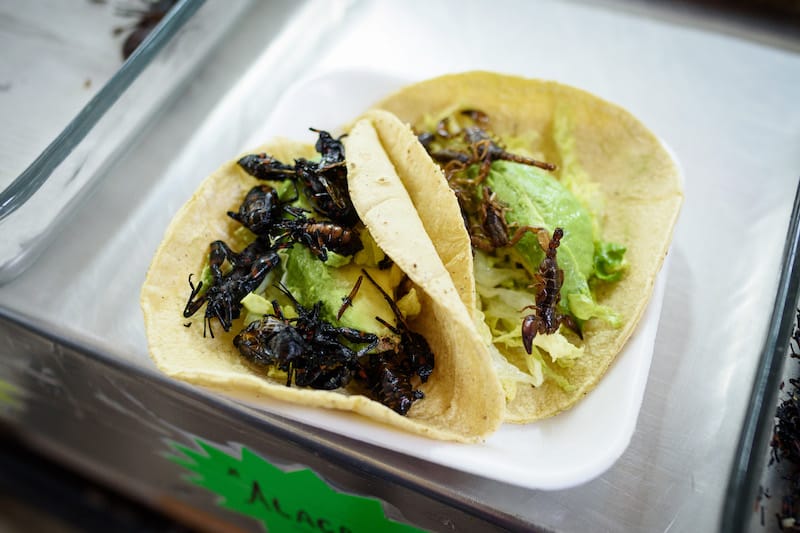
Pedro first tasted edible bugs as a kid in the local pulquería (a pulque bar). They were often part of the snack spread offered to the patrons drinking there, and proprietors would sneak him a few extra when he went with his grandfather. In Mexico City, you can still find insects included in the dishes at some traditional (and less expensive) Mexican restaurants like Restauarante Bar Chon [Editor’s Note: This spot, sadly, is no longer open], La Cocina de San Juan, or El Cardenal in Mexico City’s Centro Histórico. In 2020, the city even hosted the Bichópolis, a festival dedicated to edible bugs in traditional cooking.
Most of Pedro’s clients are nervous at first, but eventually warm up to bugs. For anyone who hasn’t grown up here, the idea of eating insects can make your stomach queasy, but once you chomp down on a lime-soaked spicy grasshopper and taste the salty crunch you might start to change your mind. Once you do, there’s a whole catalogue of consumable critters ready for you to sink your teeth into.
Published on June 11, 2021
Related stories
June 17, 2021
Mexico CityThe Hacienda del Parián in Ocoyoacac, a rural village on the outskirts of Mexico City, got its start twenty-six years ago, when the local Ocampo family joined forces with other charro (“cowboy”) families to recreate a traditional estate. The idea was to preserve two very strong Mexican traditions that used to live side by side…
May 27, 2021
Mexico City“Do you want fat on those?” At Quesadillas La Chaparrita in Mercado Jamaica, the correct answer is always yes. At the nod of our heads, the young woman manning the grill splashes a little melted lard onto each of our quesadillas with her spatula and slides them over into the hot center of the concave…
May 19, 2022
Mexico CitySunlight filters through turn-of-the-century stained glass windows as the Cardenal waiters descend in button-down white dress shirts and black vests. They offer a coffee, a concha, a hot chocolate – and in a flurry of dining activity you suddenly feel like the only person in the room. One of Mexico City‘s most well-loved eating establishments,…







































